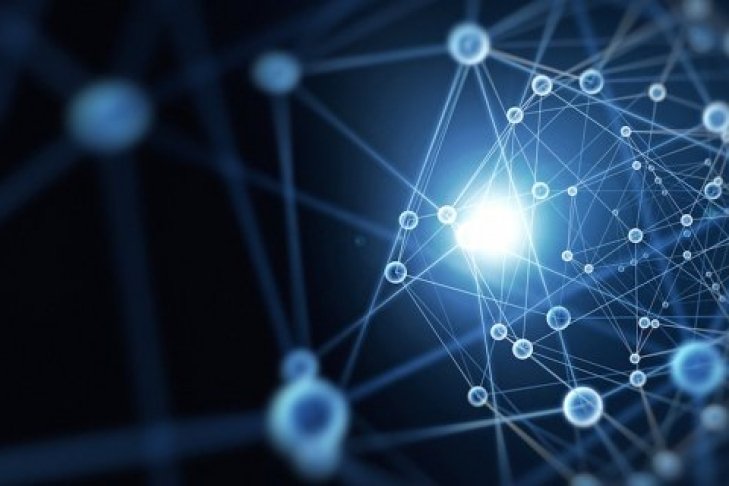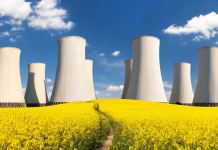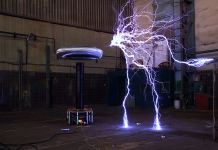Methods of direct energy conversion is the production of electricity from thermal energy, electromagnetic and chemical (fuel cells). This transformation implies a reduction in the number of operations during the transformation, or greatly simplified the conversion process itself. As a rule, with direct conversion of energy eliminates the phase of conversion into mechanical energy.
The most popular and productive method of direct conversion is considered a magnetohydrodynamic method.
In General, we can distinguish four main methods:
1. Magnetohydrodynamic method. This method is implemented by two types of converters is a heat engine and unusual electrodynamic machine. Heat engine works on the principle of gas turbine converts the heat energy into kinetic energy of the gas jet, and the electrodynamic machine converts the kinetics of the gas jet into electricity. All this occurs during the combustion of fossil fuel at a temperature below 2500º. This temperature promotes ionization of a gas, it becomes electrically conductive and passes from the gas into a plasma state. At a temperature of 2500º gas not fully ionized and is a certain amount of molecules. Increase in temperature increases the conductivity. The gas is fully ionized at a temperature of 10000º. The advantage of this method is, in the absence of moving parts in a magnetohydrodynamic generator. It completely eliminates the presence of mechanical forces, unlike thermal engines, where the blades affects the high temperature together with mechanical loads. Efficiency of the MHD generator is about 50-60%. Also, the advantages of this setup include and maneuverability. In addressing some technical questions such installations in the near future, may be used in nuclear stations. When the nuclear reactor instead of the combustion chamber, but a working body will be any easily ionized gas, for example helium.
2. Method of the fuel cell. Here is the production of electricity by converting chemical energy. The fuel cell works in the following way: the gas is burned and the generated heat is used heat engine (for example, burning hydrogen in an oxygen environment gives heat energy and water). But you can work on a different circuit. When the burning of hydrogen will take place in two stages, the first involved the conduit, and the second — oxygen. However, fuel cells have several disadvantages such as difficulties in creating durable electrodes, the complexity to create the desired conversion rate, the problem in creating effective electrolytes, as well as the lack of ability to use cheap fuel.
3. The method of thermoelectric generators. The method is based on the appearance of the electromotive force at different temperatures of the contact elements of the circuit breaker. The number of circuit elements in proportion to spawn electromotive force. Conversion of electric power comes from thermal energy. But the efficiency of such generators is low, and the generators are expensive, therefore, the scope of them is very small.
4. Method thermionic converters. The conversion is based on the phenomenon of thermal emission. This occurs when the metal (emitter) is placed in a vacuum environment, with some of its electron moves in the vacuum. Heating the metal increases the intensity of emission. However, as in the previous method, the low efficiency and the use of this method is justified only when required low power.























